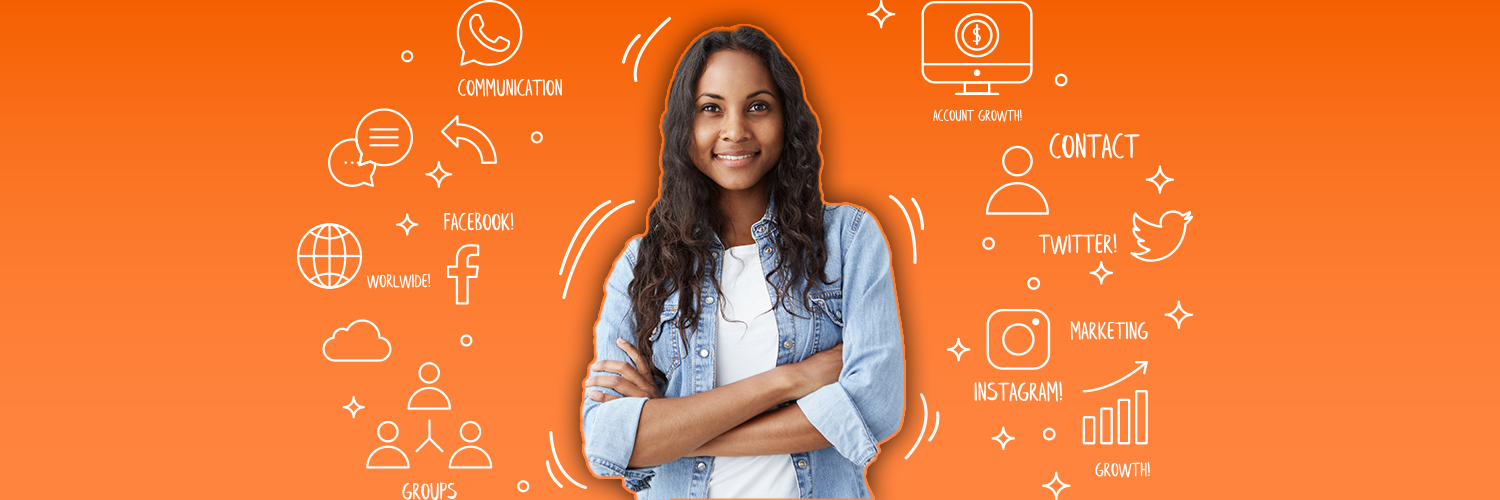Event marketing is the latest social media and online marketing tool which is making quite a buzz in the corporate world. A report by Forrester suggests that 35% of US-based B2B marketing decision makers rank event marketing as one of the top four most effective tools for generating demand.
Today’s sophisticated technology has afforded us the luxury to choose from a variety of marketing methods and tools. Covid-19 suddenly changed the usual routine for many industries and the challenges faced by them to promote products and services made virtual events/hybrid events a popular choice to market their products.
Event marketing is the future, however having a clearly defined ‘event marketing strategy’ is crucial for its success. So what are the tips and tricks to effectively use event marketing? Let’s find out.
But first things first.
What is “Event Marketing” in the first place?
Event marketing is all about putting together a themed display or exhibit to promote a product or service or organization by leveraging in-person engagement. Events can be online or offline or sometimes both. Events give companies a unique platform to showcase to the potential customers a true sense of the company’s focus, perspective, and personality first hand.
While there is no dearth of marketing channels that are more time-saving and cost-effective, incorporating event marketing into your overall marketing strategy can pay dividends in connecting with buyers on a meaningful level. Here are 8 tips to effectively use “Event Marketing”
- Create a holistic event marketing plan: It is a good idea to engage customers both on offline and online events, for a wider audience reach. Explore a combination of two or more event formats for your ‘event marketing’ to be effective. The various formats to explore can be online events, webinars, virtual events, live streaming events, physical events, trade-shows, conferences, seminars and intimate breakfast/lunch or dinners for a small, elite audience.
- Personalisation: Carefully plan a pitch keeping in mind your target persona. Segment your target audience into different persona sets and set a consistent message on how to sell your event to this specific segment of your audience. The key here is to personalize your communication, keeping your target persona in mind.
- Ensure massive value: When people are thrilled or curious about what’s on offer, a grand opening or new product is a success. To get people on board and help them understand the unique value proposition, create a little curiosity about what’s on offer. Instead of focusing on the product, focus on the solution to a problem statement. Simply put, marketing is the process of customers seeking a solution to their problems, and the products provide that solution.
- Build the “Fear Of Missing Out” momentum among your audience. Video teasers, imagery, buzz on social media are good mediums to show your target audience how they will be at a loss if they don’t attend. People are more interested in an event when all their peer group is talking about it. They feel that they will lose out on something valuable if they don’t attend a certain event that has generated so much buzz.
- Pre-event livestream/video teasers: When it comes to a product launch, it is important to plan a pre-event livestream/video teasers. The audience should receive a sense of the product or be passionate about it, which will encourage active engagement during the event. Movies, for example, create an exciting environment by releasing teasers long before the film’s real release date.
- Provide custom brand experience: Brand experience isn’t limited to a single channel or medium. Rather, it’s the outcome or the good impact that customers have after coming into contact with or engaging with a brand in any circumstance. For example, the Taj Group is one of the greatest and largest hospitality companies in South Asia, providing a superior brand experience to all of its customers for decades.
- Virtual booth providing products for post-event demo or for remote attendees:- A fantastic product demonstration is almost unrivalled in its effectiveness. Giving a virtual demonstration of the newly announced product will assist the audience in understanding it better and generating interest in purchasing it.
- Set up the post-event follow up:- Follow-up after an event provides the industry and clients with useful information on how successful the event was and what can be done to improve it in the future. Interaction with the audience by sharing relevant content such as event presentations, videos, and so on, in addition to the traditional thank-you emails, is a successful efficient follow-up plan.
Final thoughts
Promoting a product or service is one of the most challenging jobs. No wonder, a good marketing professional is so much sought after. A company’s marketing strategy can make or break it, Apple is a living proof of this.
In a world where more and more people are getting connected digitally, it makes sense to include channels relevant in the current times in your marketing strategy. Social media, events be it physical or virtual are the places where people congregate. A good marketing strategy is all about reaching out to your customers. As per a statista report with more approx 79% of marketers generate sales through event marketing. This definitely is the future of marketing.

